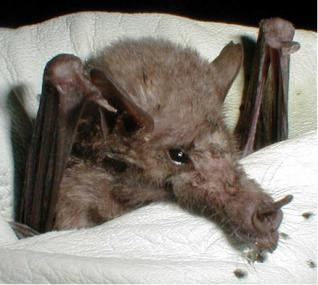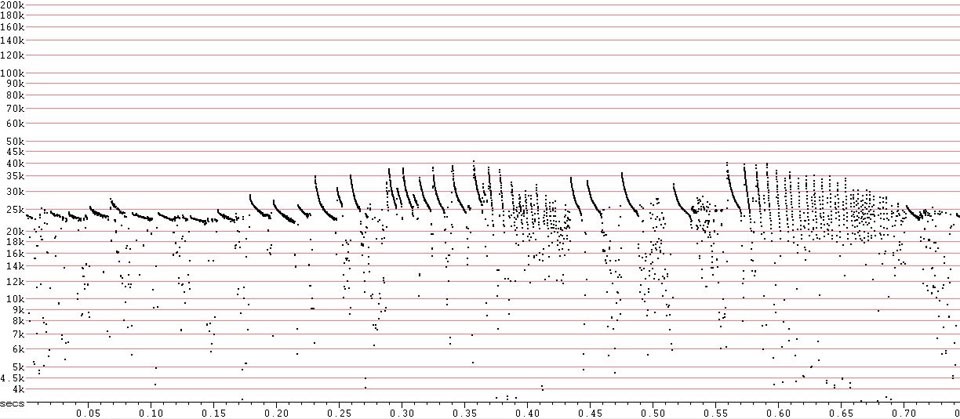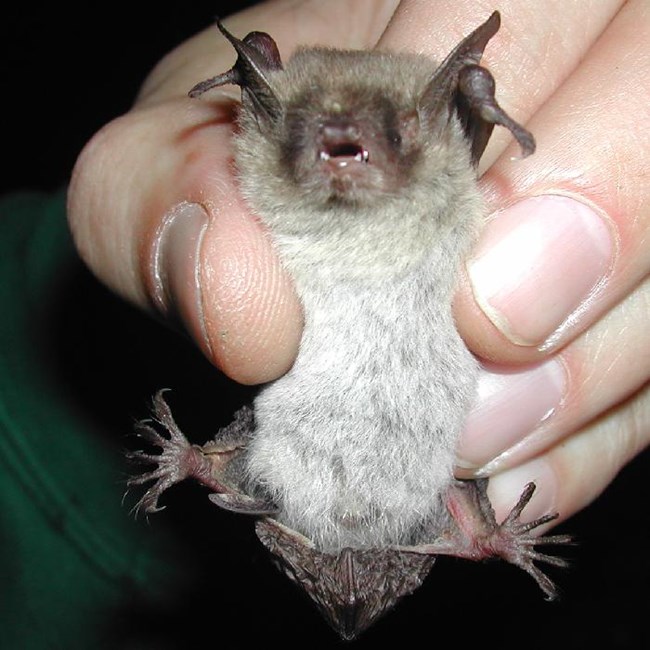Last updated: March 21, 2017
Article
Recording Echolocation Calls to Learn About Bats in Cabrillo National Monument
March 15, 2017 - Cabrillo National Monument is a small, 165-acre park located on the tip of San Diego's Point Loma peninsula. Though small in size, the park boasts a surprisingly high number of bat species. National Park Service and San Diego Natural History Museum biologists recently teamed up to monitor and inventory the area’s bat populations.

NPS
The team began by setting up a protocol to record bat echolocation calls on a seasonal basis. They also aimed to look for any signs of the Mexican long-tongued bat (Choeronycteris mexicana). This species is a suspected pollinator of the rare Shaw’s agave (Agave shawii) plants that the park is working to protect.
To record echolocation calls, biologists used a small device called an Anabat. This device picks up any ultrasonic call inaudible to the human ear, and saves it in graphical form (see below). Each species' unique call frequencies translate into unique graphical shapes and patterns. Experienced bat biologists then look at those patterns to determine which species were recorded.


USGS
Initial results show that fall is the peak season for bat calls. More than triple the number of calls were recorded in the fall compared to any other season. This may mean that bats use the Point Loma peninsula as a fall migration stopover.
In addition, biologists identified the calls of ten different species of bats! One of those, the Yuma myotis (Myotis yumanensis), had never before been confirmed on the peninsula. An eleventh species of bat detected in a past study was not recorded during this most recent one. There has been no sign, either, of the Mexican long-tongued bat. Biologists hope they can continue the search in years to come.
Prepared by the Mediterranean Coast Inventory and Monitoring Network.
